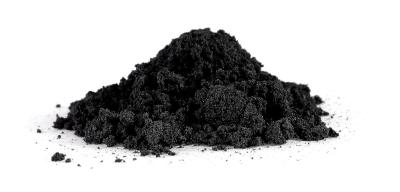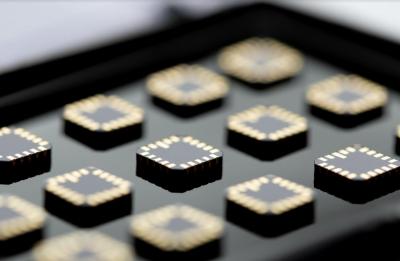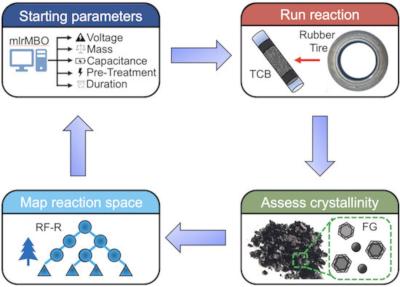Indian company launches new coating based on graphene dispersions by Applied Graphene Materials
Applied Graphene Materials (AGM) has announced that Stanvac-Superon Group, an India-based manufacturer of industrial repair and maintenance solutions, has launched a conductive coating incorporating AGM’s Genable graphene dispersions, for use on industrial power transmission equipment.
Following successful development and testing, the new protective, conductive coating incorporating AGM’s A-GNP35 graphene dispersions will reduce contact resistance in coated copper and aluminium electrical cable joints to reduce the power lost over the connection.


